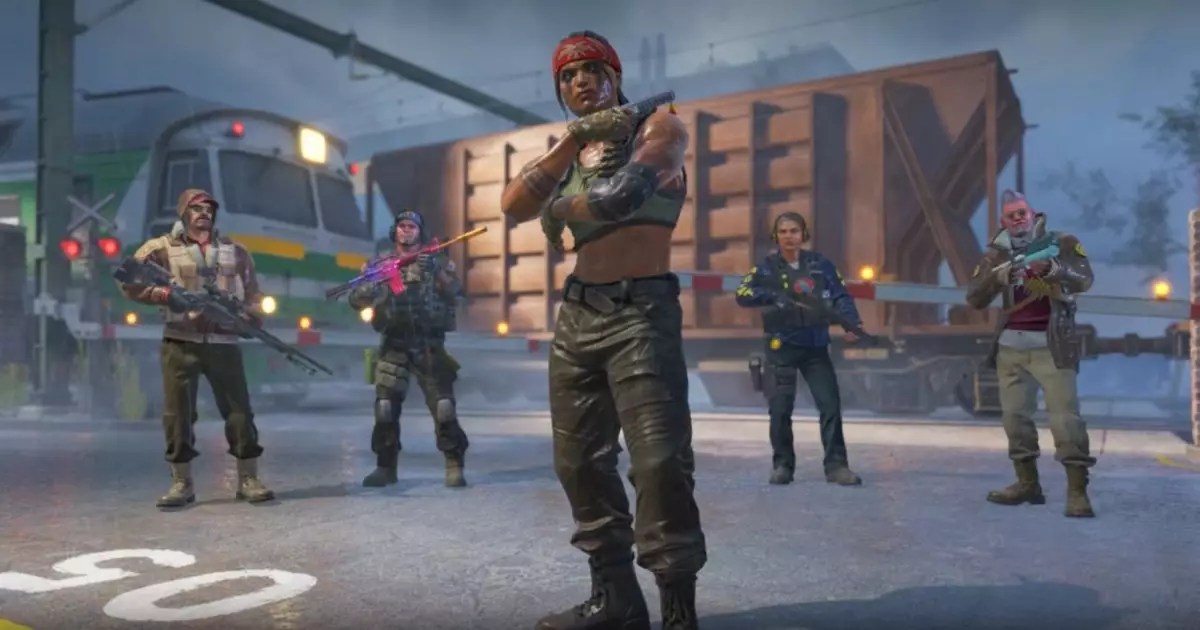Train, one of the most iconic battlegrounds in the Counter-Strike franchise, has undergone a significant transformation with its recent update in Counter-Strike 2. Recognized for its tactical complexity and classical structures, Train was in dire need of revitalization to keep pace with evolving gameplay strategies and player expectations. Valve’s latest enhancements provide a fresh aesthetic and structural modifications designed to invigorate tactical engagements among players, moving away from the once familiar sniping lanes and narrow corridors that defined its gameplay.
One of the most notable shifts in Train’s visual identity is the introduction of a rain-soaked environment, giving the map an atmospheric depth that enhances gameplay immersion. The presence of puddles and reflections adds a layer of realism, creating a stark contrast with its previously brighter and simpler design. This new tonal quality transforms Train from a drab venue into a more visually stimulating battlefield, even as it retains its foundational layout. With elements like graffiti on large tankers and the portrayal of weathered surfaces, the map now tells a story of urban decay and youth culture interwoven with conflict—a refreshing touch that breathes life into a beloved classic.
Beyond aesthetic improvements, Valve’s redesign includes significant adjustments to the physical layout. The broadening of sightlines is a game changer in promoting tactical play. Historically, the map’s narrow sightlines favored snipers, often leading to repetitive engagements rather than diverse gunplay. The enhancements allow for more spatial freedom, giving players the opportunity to employ a wider array of strategies, including flanking maneuvers and coordinated attacks. This shift not only aims to enrich competitive play but also seeks to prevent the stagnation that can arise from overly predictable combat scenarios.
While the initial reception of the revamped Train has been optimistic, it remains a topic of debate regarding its readiness for competitive play. Some players have raised concerns surrounding spawn points and their potential to disrupt fair gameplay. As the community continues to evaluate these changes, it’s apparent that the development team must remain open to further refinements based on player feedback. Additionally, the small revisions made to Overpass and the introduction of four new community maps—Basalt, Edin, Palais, and Whistle—reflect Valve’s commitment to enriching the game through active player engagement. Continuous updates and adaptations will be essential in ensuring that Train and other maps maintain their relevance in an ever-evolving competitive landscape.
The overhaul of Train signifies more than just a visual upgrade; it points to Valve’s dedication to enhancing player experience in Counter-Strike 2. By bridging nostalgia with modern design, they’ve created a map that respects its legacy while accommodating the needs of contemporary players. As the gaming community weighs in and experiences the new Train, it will be interesting to see how these changes affect competitive play and whether this iconic map can reclaim its status as a field of tactical intrigue and varied encounters. In any case, Train’s transformation marks an exciting chapter in the ongoing evolution of the Counter-Strike series.


Leave a Reply